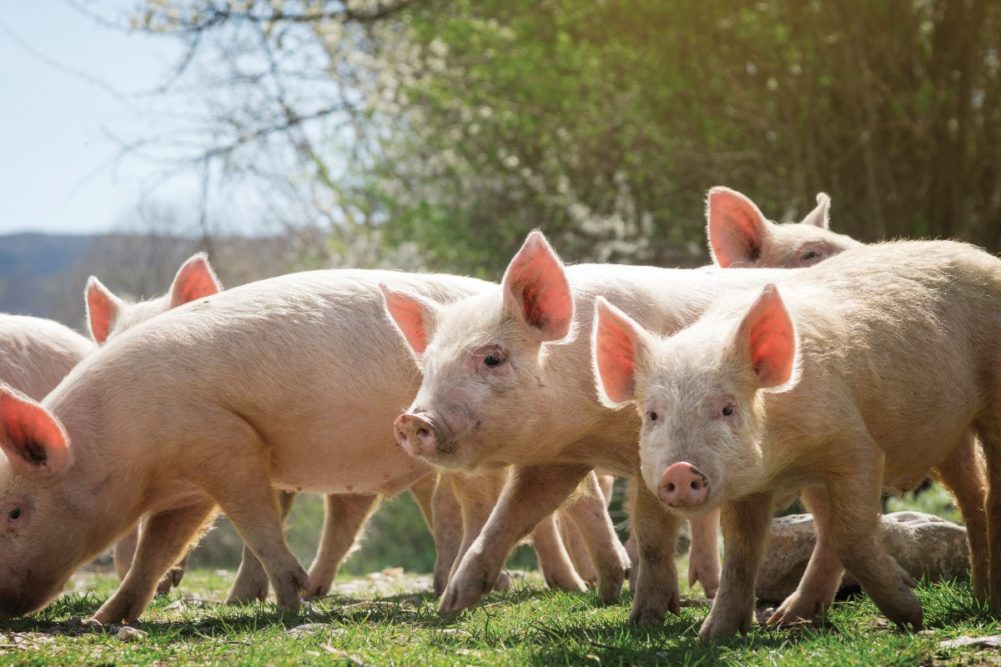DES MOINES, IOWA – The National Pork Producers Council recently published an economic update, providing a snapshot of the industry for the first quarter of 2023. The report, summarizes how factors such as consumer demand, production costs, production expectations and the ongoing labor shortage will impact the pork industry for the remainder of the year and beyond.
With domestic demand for pork continuing to demonstrate positive growth for the past two years, on-farm hog values have remained positive, but that continued momentum hinges on inflation rates, job creation and hourly wages, pork price trends and domestic consumption. Based on US pork production declining after a record-breaking 2020, pork prices and domestic availability for pork resulted in lower demand at the end of 2022, although still strong when considering five-year averages.
“Going into 2023, factors like rising interest rates and high prices for housing, groceries and other items could further reduce real and disposable incomes for consumers, which could contribute to weaker pork demand,” the NPPC report said. “Factors that may support pork demand include the price and availability of other proteins and consumer preferences for pork products.”
According to statistics from the US Department of Agriculture (USDA), US pork production was just over 27 billion lbs in 2022, the lowest level since 2018’s production of 26.3 billion lbs and below the record high level of 28.3 billion lbs in 2020.
“Initial breeding herd reductions were brought on by losses related to COVID-19, but high production costs, labor shortages and animal health issues have prevented growth in recent years,” said the NPPC update.
The shrinking hog herd and reduced numbers of market hogs were the primary causes of the dropping production, according to numbers from the USDA. Projections for 2023 indicate an uptick of about 1.8% in production, to approximately 27.5 billion lbs, with most of the increase coming at the end of the year after bouncing back from lower hog slaughter numbers in the first half of 2023, as a result of lower market hog availability.
Hog farmers suffered financially from the rising costs of raising hogs in 2022 by 21% over the previous year as feed cost increased by 24% and other inputs, including labor, energy and transportation went up by 18% over 2021. What that means for producers is lower profit margins, as cost increases offset higher-than-average prices for hogs.
“With continued market volatility and competing demand for feed inputs, breakeven price levels are likely to remain elevated in 2023,” the report said.
The NPPC update cited US Bureau of Labor Statistics numbers for 2022, which included lower unemployment rates for the country (3.4%) with an estimated two jobs available for every unemployed job seeker in the United States. NPPC pointed out that the hiring challenges on hog farms are exacerbated by an increase in the median age of rural workers and an overall decline in the rural workforce. Meanwhile, weekly wages on hog farms increased by 10% in 2022 versus 2021 but employment dropped by 2.6%.
“Current labor force projections indicate that the existing US workforce will not be able to offset pork industry shortages,” the report said.
To address the labor issue, NPPC reiterated in the report its support of Congress passing ag visa reforming legislation, including shifting the H-2A visa program applicable to agriculture-based employment on a year-round basis.


